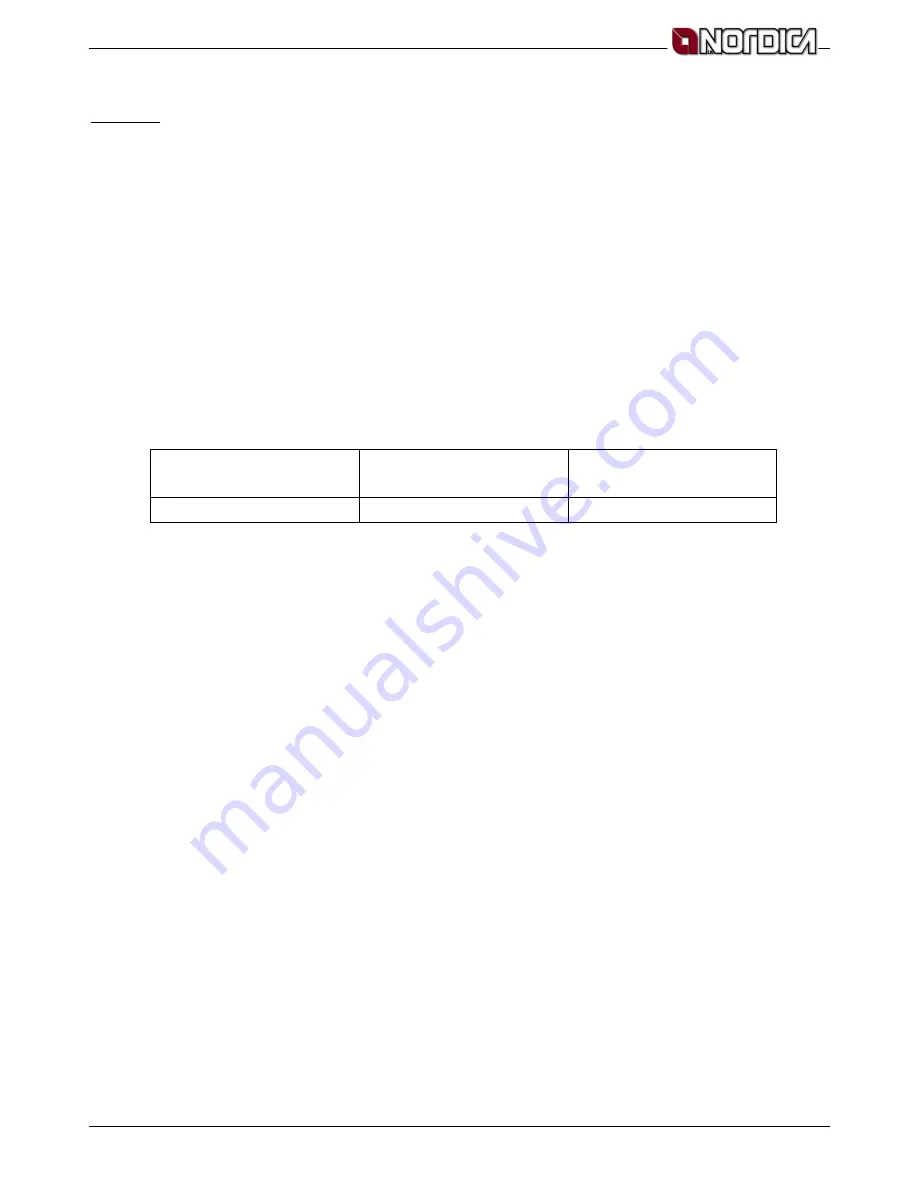
Wood burning stove/cooker
– TERMOROSA DSA
Installation, user and maintenance instructions – EN – Rev.02
31
10. NORMAL OPERATION
WARNING: For no reason turn on the fire before the system has been completely filled with water; doing so
could cause serious damage to the entire structure.
The appliances with automatic door closure (type 1) must function, for safety reasons, with the door of the furnace
closed (with the exception of the fuel loading phase or any removal of ashes).
The appliances with doors without automatic closure (type 2) must be connected to a proper flue. The operation with
door open is allowed only with surveillance.
IMPORTANT: For safety reasons the furnace door must be opened only during the turning on phase and to
add more wood while during operation and periods of inactivity it must remain closed.
The nominal heat power of the wood burning stove/cooker is reached with a minimum draught (depression) of 17-20
Pa (=1.7 –2 mm of water column).
It is necessary to use the wood burning stove/cooker always with door closed to avoid the forge effect.
Never overload the wood burning stove/cooker. Too much fuel and too much air for combustion can cause
overheating and damage it. Damage caused by overheating is not covered by the guarantee.
It is necessary to use the wood burning stove/cooker always with door closed to avoid forge effect.
With the registers placed on the façade of the wood burning stove/cooker the emission of heat of the furnace is
regulated. They must be opened according to the heat need. The best combustion (minimum emissions) is reached
when, loading wood, the greater part of the air for combustion passes through the secondary air register.
Regulation of the registers required to obtain the nominal heat output is the following:
Fuel
Primary air
(door of ash chamber)
Secondary air
(above fornace door)
WOOD
CLOSED
OPEN
In addition to the regulation of the air for combustion, the intensity of the combustion and then the output of the heat of
your wood burning stove/cooker is influenced by the chimney. A good draught of the chimney requires a more
reduced regulation of the air for combustion, while a poor draught is in greater need of an exact regulation of the air
for combustion.
IMPORTANT: to verify good combustion of the wood burning stove/cooker verify that the smoke that exists from the
chimney is clear. If white it means that the wood burning stove/cooker is not correctly regulated or the
wood is too wet; if the smoke is grey or black it means that combustion is not complete (it is necessary
to have a larger quantity of secondary air).
11. USE OF OVEN
After having cleaned the grill of the furnace loaded with fuel, thanks to the ratio of air for combustion the temperature
of the oven can be influenced considerably. A sufficient draught to the chimney and channels well cleaned by the flow
of burning hot smoke around the oven are essential for a good cooking result. The smoke register must be pulled
completely towards the front of the wood burning stove/cooker.
The pan oven can be located on different levels. Thick cakes and large roasts should be inserted in the lowest level.
Flat cakes and biscuits go on the middle level. The upper level can be used to heat or brown.
The wood burning stove/cooker is fitted with a furnace grill in cast iron that can be lifted by an appropriate handle.
The upper position optimises the use of the plate while the lower one optimises the heating of the water and the oven.
As an OPTIONAL a grill is also available for the OVEN.
12. CORRECT USE FOR CENTRAL HEATING.
To obtain the best results in using the appliance for central heating it is necessary to have a few basic concepts clear.
The system works very well only when it has arrived at its operating regime and the pump is always in operation; only
in this condition the water coming from the system will be hot enough to avoid phenomena of condensation within the
boiler body; if, on the contrary, the system is managed at a power that is too low, the system will tend to function
intermittently.
In effect the pump will function only for short periods and only when the water exceeds 70°C but, each time the cold
water that returns from the system will have dropped the temperature below this limit, this will stop waiting for it to
return to 70°C.
During these pause periods the water of the radiators will tend to cool down returning cold to the boiler when the
pump will be able to start again.
















































